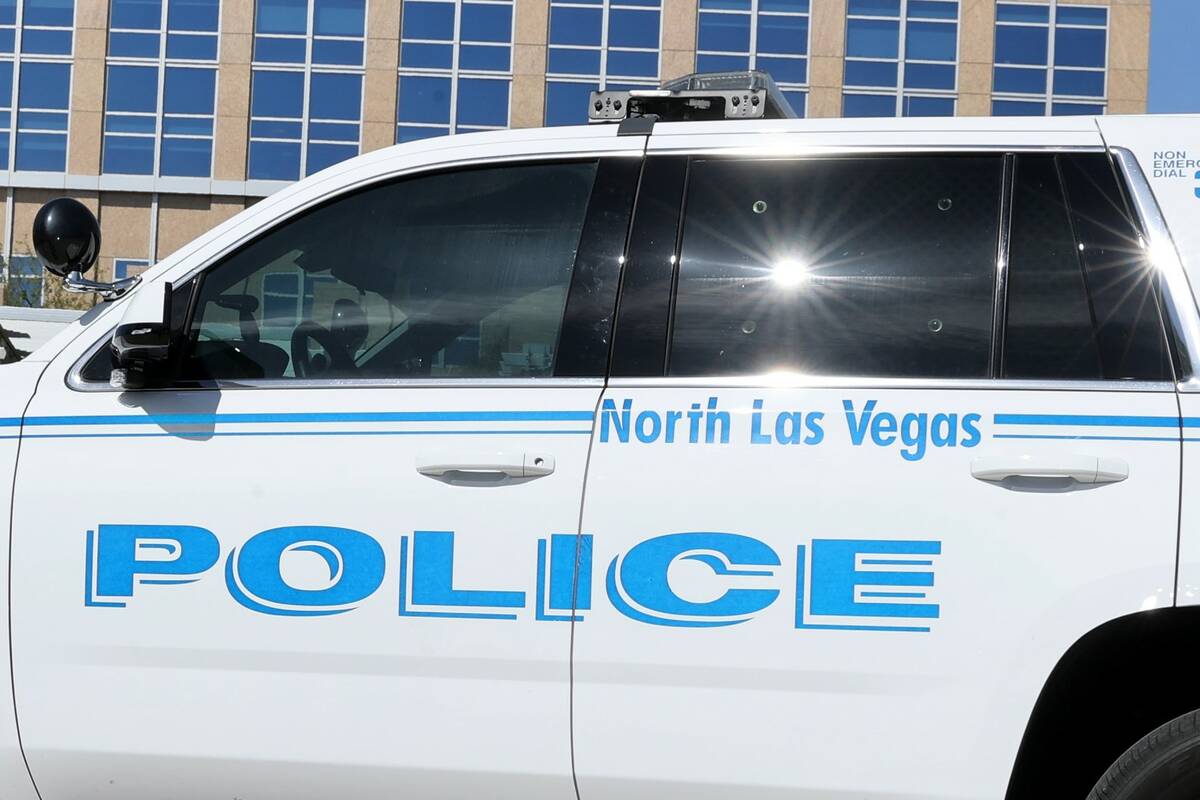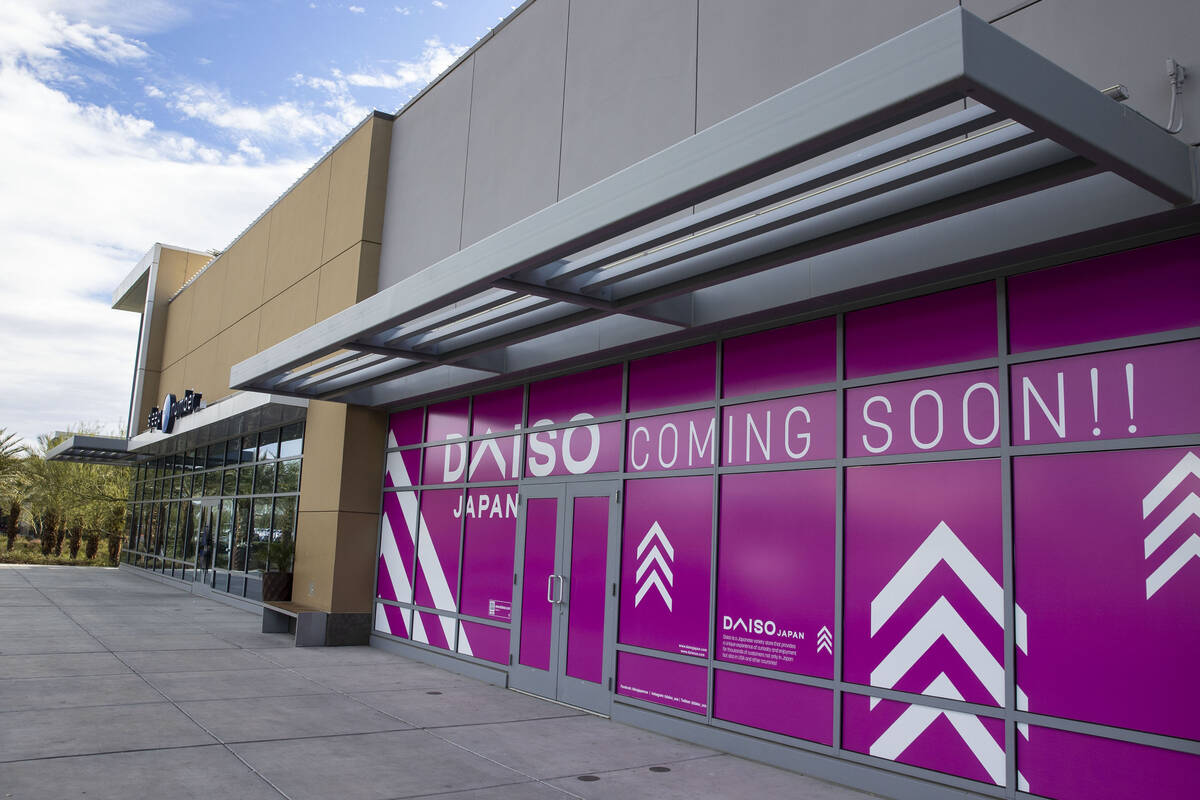With COVID-19 cases rising in southern Nevada, health officials continue to reiterate that vaccinations are the best way to contain the spread.
But as breakthrough cases of the more transmissible Delta variant become more common – although they mostly cause asymptomatic infections – testing is also an important component in containing the spread. The test positive rate for Clark County is 17.3%, up from 3.4% in May.
The good news: There are plenty of free test options throughout the valley. The Southern Nevada Health District and its partners have five locations: the Health District headquarters, the College of Southern Nevada campus, and the UNLV’s Stan Fulton Building.
This is in addition to private facilities like health care providers and pharmacies, the health district said. For example, Walgreens offers free drive-thru tests and sells home tests. Places like Walmart and CVS Pharmacy also offer free diagnostics.
“The health district continues to work with partners, including local jurisdictions, to monitor resources available in the community, including testing,” the agency said in a written statement. “Tests can be scaled up or down if necessary.”
Depending on test demand, results are typically available within 48 hours, according to the Southern Nevada Health District, which found that people who test positive for the virus are notified by phone or email.
The Centers for Disease Control and Prevention recommend that people with COVID-19 symptoms should be tested for the virus regardless of vaccination status.
“Fully vaccinated individuals should be tested 3-5 days after known exposure to someone with suspected or confirmed COVID-19 and wear a mask indoors for 14 days or until they get a negative test result,” the CDC said.
Those not vaccinated should test after participating in risky activities, including travel, large social gatherings, or poorly ventilated indoor functions, the CDC said.
“If you are tested because you have symptoms or may have been exposed to the virus (including those who have been vaccinated), stay away from others pending the test results and take advice from your doctor or public health professional,” the CDC said.
Clark County’s COVID tests plummeted from the highest point of about 12,500 tests in December (a 14-day moving average) to about 3,400 in mid-June, the lowest point this year, according to the Nevada COVID dashboard.
Since then, tests rose to 6,300 (14-day moving average) in early August and had fallen slightly to around 5,300 daily tests by Tuesday, the data shows.
This week, the positivity rate was around a two-week average of about 17%, well above the 3.4% positivity rate in June and more than the 5% rate recommended by the World Health Organization for easing restrictions.
So far, the only restriction Nevada has put in place in most states to contain the surge has been universal indoor public masking, regardless of vaccination status.
COVID hospital admissions have also soared this year from a low of 17 suspected cases on June 8 to 1,068 confirmed COVID cases on Tuesday, according to the dashboard. About 250 patients with suspected COVID were in intensive care units, 170 of these patients were on ventilators.
In Clark County, which makes up the bulk of Nevada’s cases, viral infections since the pandemic began last March stood at 289,746, with 4,875 confirmed deaths as of Wednesday, according to state data.
Most test sites require appointments. For more information on locations and how to schedule a test, visit the Southern Nevada Health District or Nevada Health Response websites.
The Stan Fulton drive-through facility at UNLV, 801 E. Flamingo Road, which also offers vaccinations, does not require an appointment but is limited to 300 vaccines and 500 tests per day, according to Clark County. It is open from Sunday to Thursday from 5.30 p.m. to 10.30 p.m.
Information on vaccination sites, some of which offer walk-ups, can be found here.
Back to top













